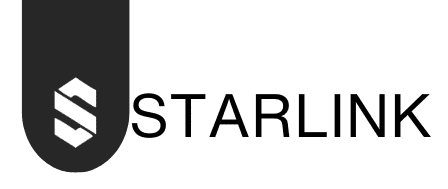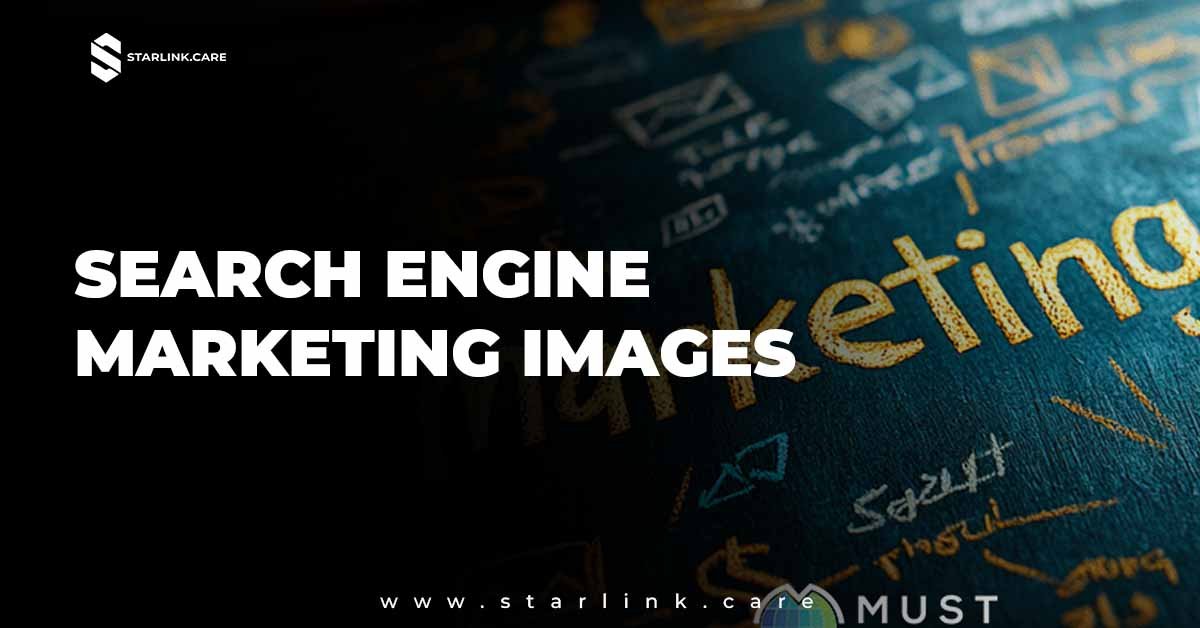Introduction
In the vast landscape of online marketing, it can often feel like you’re shouting into a void. Competition for attention is fierce, and people are bombarded with an endless stream of ads, notifications, and messages. So, how do you stand out?
The secret lies in Search Engine Marketing Images.
Images aren’t just aesthetic additions to your ads—they’re powerful tools that can increase engagement, build trust, and drive conversions. If you’re still relying solely on text, you may be leaving money on the table.
In this article, we will explore the importance of Search Engine Marketing Image, share practical strategies for using them effectively, and provide a step-by-step guide to creating visuals that will enhance your SEM campaigns.
Why Search Engine Marketing Images Are Crucial
Think about it: When was the last time you clicked on a plain, text-only ad? It’s rare. The truth is, our brains process images 60,000 times faster than text, making them incredibly effective for grabbing attention and communicating your message. Studies have shown that ads with images perform better than those without.
Take a moment to think of the last product you bought online. Chances are, a well-placed image played a part in your decision-making process. Whether it was a product shot, an image of someone enjoying the product, or an infographic highlighting features, visuals help you connect with the brand and product on a deeper level.
Example from my own experience: A friend who runs a bakery started using beautiful photos of her cakes in Google Ads. Sales increased by over 40% in just two weeks. Why? People could see how delicious the cakes looked, which created an emotional connection with the product.
By using well-designed, relevant, and high-quality Search Engine Marketing Images, you can boost engagement, improve your Click-Through Rate (CTR), and ultimately increase sales.
What Are Search Engine Marketing Images?
In the simplest terms, Search Engine Marketing Images are images used in your SEM campaigns—whether they’re part of your Google Ads, Bing Ads, or social media advertising. These images can include product shots, lifestyle photos, or even infographics that complement your paid search ads.
These images are not just eye candy—they serve a functional purpose. The main goal is to communicate the message in a visual format that is easy to understand, evokes emotion, and encourages action.
Types of Search Engine Marketing Images
- Product Images: These show your product in high resolution, often with a clear background to help it stand out.
- Lifestyle Images: Photos of people using your product or service, helping the viewer visualize how it fits into their life.
- Infographics: Visual representations of data or product features, often used to simplify complex information.
- Carousel Ads: Multiple images that tell a story or highlight different features of a product.
- Banner Ads: Eye-catching visuals used to promote sales or special offers.
Step-by-Step Guide to Using Search Engine Marketing Images Effectively
Here’s how you can use Search Engine Marketing Image in your campaigns to drive traffic and conversions:
1. Understand Your Audience
Before you pick out an image, it’s important to understand who you are targeting. Are you selling to young professionals? Parents? Teens? The type of imagery you use should resonate with your audience’s preferences, demographics, and emotional triggers.
To get an idea of what works, you can use tools like Google Analytics or Facebook Audience Insights to identify the characteristics of your audience.
2. Choose the Right Images
Quality is key. Use high-resolution images that reflect your brand’s values and the product you’re selling. Avoid using blurry stock images that don’t relate to your brand or product.
If you can, hire a photographer to create original photos of your products in real-life settings. Authentic images often perform better than generic stock photos because they are perceived as more genuine.
3. Optimize Your Images for Speed
Page load speed is crucial. A slow-loading page can drive users away before they even see your ad. Use tools like TinyPNG or ImageOptim to compress your images while maintaining high quality. This will ensure your Search Engine Marketing Images load quickly and improve your overall user experience.
4. Add Text and Calls to Action
Adding text overlays to your images can be incredibly effective. For example, a “Shop Now” or “Get 20% Off Today” text overlay can help encourage action. Tools like Canva and Figma allow you to add these elements easily.
But don’t just stop at adding text—be sure to include a strong Call-to-Action (CTA). A well-designed CTA can increase your conversion rate and make the user feel more confident about clicking your ad.
5. Test Your Images
Just like any other aspect of your SEM campaigns, it’s important to test your images. A/B testing is key to understanding what works best for your audience. Try using different visuals, CTAs, and text overlays to see which version delivers the best results.
Platforms like Google Ads Experiments allow you to test multiple ad variations and make data-driven decisions.
Strategies to Enhance Your SEM with Search Engine Marketing Images
1. Mobile Optimization
More people are shopping and browsing on their smartphones than ever before. As a result, your Search Engine Marketing Image need to be mobile-friendly. This means your images should load quickly, be easy to view on smaller screens, and display correctly across different devices.
2. Utilize Dynamic Ads
If you have an extensive product catalog, dynamic ads might be the perfect solution. Dynamic Remarketing ads automatically generate image-based ads using product images pulled from your online store. This makes it easier for you to target users with ads that feature the products they’ve shown interest in.
Learn more about Dynamic Remarketing on Google Ads.
3. Retarget Visitors
Retargeting allows you to display Search Engine Marketing Image to people who’ve already interacted with your website. Showing an image of a product that someone has already shown interest in can significantly increase the chances of a conversion. People are more likely to buy something once they’ve seen it a few times.
How Search Engine Marketing Images Drive Conversions
When executed correctly, Search Engine Marketing Images don’t just capture attention—they drive conversions. Here’s how:
- Visual Appeal: Attractive and relevant images can draw people in, making them want to click on your ad.
- Emotional Connection: Images of happy customers or people enjoying your product can help build trust and create an emotional connection with your audience.
- Urgency and Value: Promotional images with text like “Limited Time Offer” or “50% Off” create a sense of urgency, encouraging users to act fast.
Real-World Example
Let me tell you a story about a small fitness gear company that used compelling before-and-after images in their Google Display Ads. The results were remarkable. Not only did their CTR increase, but the conversion rate skyrocketed. Why? Because the images demonstrated the product’s effectiveness in a very real, tangible way.
Tips for Maximizing Your SEM Image Results
- Add Alt Text: Don’t forget to add alt text for accessibility and SEO benefits. Alt text helps search engines understand what your image is about, which can improve your ad’s relevance and ranking.
- Consistent Branding: Make sure your Search Engine Marketing Images are consistent with your brand’s colors, logos, and overall design. Consistency builds brand recognition and trust.
- Track and Adjust: Always monitor the performance of your images and make adjustments based on metrics like CTR, CPC, and ROI. Platforms like Google Ads allow you to analyze and optimize your campaigns for better results.
FAQs
What are Search Engine Marketing Images?
Search Engine Marketing Images are visuals used in paid search campaigns to attract attention, increase click-through rates, and drive conversions.
Why are Search Engine Marketing Images important?
Search Engine Marketing Images help ads stand out, make products more appealing, and quickly convey your message, increasing engagement and sales.
How do I choose the right Search Engine Marketing Images for my ads?
Use high-quality, relevant images that match your brand and resonate with your target audience. Always test different visuals for best performance.
Can Search Engine Marketing Images improve ROI?
Yes, effective Search Engine Marketing Images can significantly improve ROI by increasing click-through rates and conversions while lowering ad costs.
Where can I find tools to create Search Engine Marketing Images?
You can use tools like Canva, Figma, or Adobe Express to design eye-catching Search Engine Marketing Images for your campaigns.
Conclusion
Incorporating high-quality Search Engine Marketing Images into your paid ads can significantly improve your campaign performance. Whether it’s product images, lifestyle shots, or dynamic ads, the right visuals can drive higher engagement, clicks, and conversions. For businesses like Starlink Care, leveraging these images strategically can set you apart from the competition, making your SEM campaigns more effective.
If you’re ready to take your SEM to the next level, it’s time to start thinking beyond just text. Try implementing some of the strategies and tips shared here, and watch your results soar. Don’t forget to test, optimize, and adapt based on your audience’s responses.
Now is the time to harness the power of Search Engine Marketing Images and watch your Starlink Care SEM campaigns thrive.







